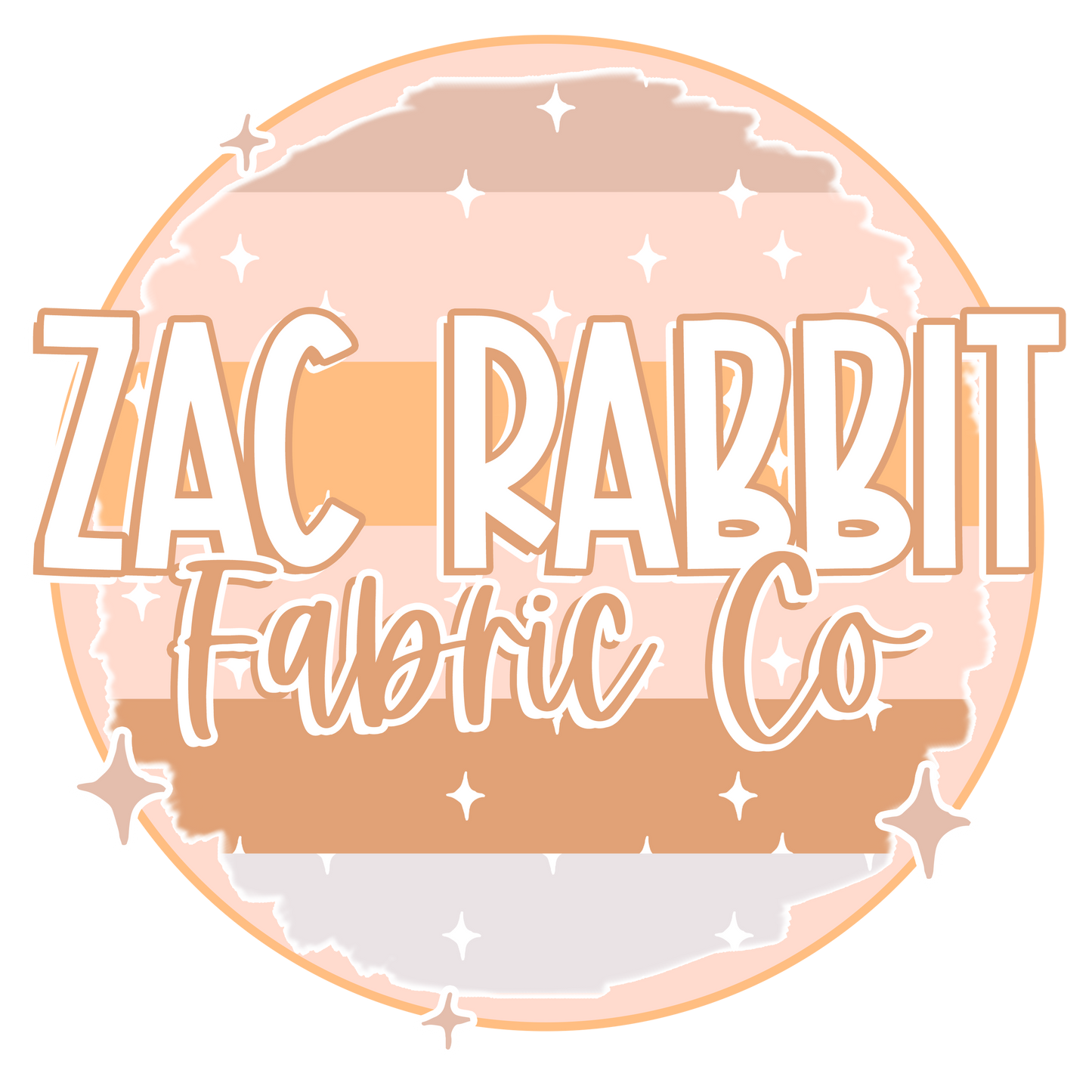When it comes to making environmentally conscious decisions, one area that often gets overlooked is the textiles we choose to wear. The fashion industry has a significant impact on the environment, from water usage to chemical pollution. By embracing eco-friendly textiles, we can make a positive change for the planet.
What are Eco-Friendly Textiles?
Eco-friendly textiles are materials that have been produced in a way that minimizes harm to the environment. This can include using organic fibers, reducing water and energy consumption during production, and avoiding the use of harmful chemicals.
Benefits of Sustainable Fabric Choices:
Choosing sustainable fabrics has numerous benefits, both for the environment and for your health. Organic cotton, for example, is grown without the use of synthetic pesticides or fertilizers, making it safer for farmers and better for the soil. Tencel, a fabric made from wood pulp, is produced in a closed-loop process that recycles water and solvents.
Popular Eco-Friendly Textiles:
There are many eco-friendly textiles to choose from, each with its own unique properties. Hemp is a durable and versatile fabric that requires minimal water and no pesticides to grow. Bamboo is a fast-growing plant that can be turned into a soft and breathable fabric. Recycled polyester is made from post-consumer plastic bottles, reducing waste and energy consumption.
By choosing eco-friendly textiles, you can make a positive impact on the environment and support sustainable fashion practices. Look for clothing made from organic cotton, Tencel, hemp, bamboo, or recycled materials. Every purchase you make is a vote for the kind of world you want to live in.
Warm Stitches, Zac Rabbit Fabric Co 

